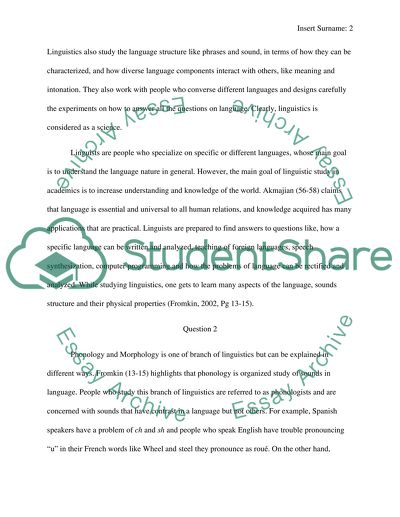Cite this document
(“Linguistics Essay Example | Topics and Well Written Essays - 1250 words - 1”, n.d.)
Retrieved from https://studentshare.org/english/1439287-luinguistics
Retrieved from https://studentshare.org/english/1439287-luinguistics
(Linguistics Essay Example | Topics and Well Written Essays - 1250 Words - 1)
https://studentshare.org/english/1439287-luinguistics.
https://studentshare.org/english/1439287-luinguistics.
“Linguistics Essay Example | Topics and Well Written Essays - 1250 Words - 1”, n.d. https://studentshare.org/english/1439287-luinguistics.


